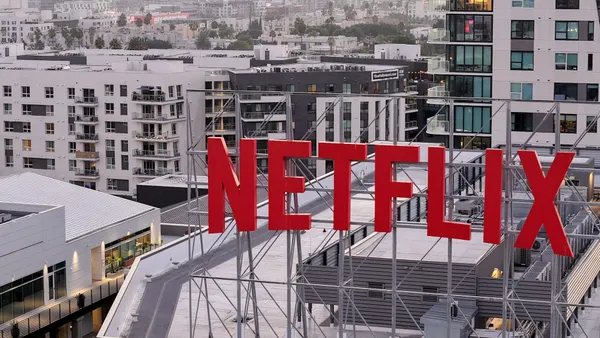The following is a guest post by Nishant Desai, group director of technology and operations at Xaxis. Opinions are the author's own.
Contrary to much of the buzz you may have read here and elsewhere, the end of the common computer cookie isn't about protecting privacy. The era that starts in January after the Google Chrome browser phases out use of third-party cookie data is about allowing consumers to make informed decisions and act on these in a user-friendly way.
Let's turn that sea change in handling people's data into a "win" for advertisers, publishers and — most importantly — consumers. Media and tech industries must help consumers specify the data they'd like to share, clearly state how the data will be used and offer clear controls to let consumers adjust and modulate their preferences.
For advertisers and their partners, third-party cookies today are really just proxies for consumers. We use the data those cookies provide to find people in choice audience segments with messages we hope will engage them. Without that data, marketers will have to find new ways to reach consumers and prospects. We're being given the push we need to more directly interact with individuals and build one-on-one relationships, which will in turn force us to be more open about how we're connecting.
Let's be honest. Programmatic advertising has helped spawn an extremely long tail of questionable content while driving down CPMs for more reputable publishers. If the end of the third-party cookie spells the demise of bottom-feeders who sustain boiler-room operations by drumming up ad-stuffed page views, that's not a bad thing. In a new world of more user control, how many consumers will say "yes" to a random website asking for their email address or a login and permission to collect and share their data?
Better advertising practices should help nurture more quality publishers who by definition build one-to-one relationships based on trust. People are glad to give their email addresses, even open their wallets for access to the best of what the top media creators and distributors provide. Deprecation of the third-party cookie does nothing to eliminate the troves of data and information those kinds of publishers have.
Now, advertisers have the chance to support those publishers while building similar kinds of relationships with consumers. Brand marketers can learn who their customers and prospects are rather than rely on anonymized data passed through ad-tech vendors. The cookieless future isn't cookieless. It is about doing away with the uses of cookies that have fomented some of the worst damage on the internet.
Better targeted, more effective ads
A new wealth of more direct data will serve several other useful purposes as well. It will make ads better targeted and more effective. It will aid in customer relations, market research and product ideation. One top marketing executive for a major hotel and resort chain recently spoke of asking customers to specify their preferences, then delighting them by deeply customizing their stays to cement their desire to visit the properties again.
A lot of the programmatic advertising industry is embroiled in debates over which mix of post-cookie schemes will work best: Unified ID 2.0, the Google-led Privacy Sandbox solution, a W3C-driven approach or something else entirely. What needs to be placed as the preeminent principle, whatever the framework, is respect for consumers.
In the new data landscape, less can be more. Even by opting out, a consumer is telling marketers when their ad spend will be wasted. More reputable data from a fully consented audience will mean better engagement, more support for premium publishers and more people getting the goods, services and media they want.
Let's start creating a transparent exchange of value in which marketers say what data they're collecting and how they'll use it, and consumers gladly offer information that helps them get what they want while knowing their data and trust won't be abused.












